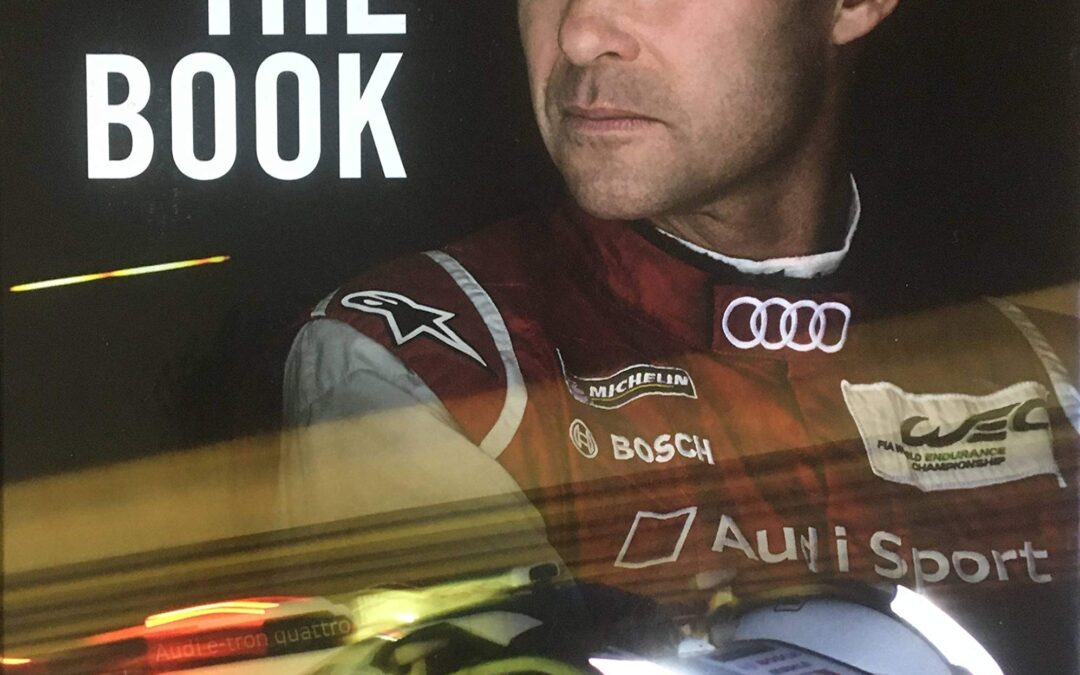
Researched and written in Japan, with the full co-operation of the factory, here, in definitive detail, is the complete story of the first generation of Mazda’s MX-5 – the car that re-invented the affordable lightweight roadster, a species that many thought was extinct as the 1990s drew near.
Immediately successful, the MX-5, also known as the Miata or Eunos Roadster, spawned many imitators, but remains the world’s biggest selling sports car. The series has now been in production for well over 20 years, and new generations continue to follow the concept of the original, much to the delight of fans and enthusiasts all over the world.
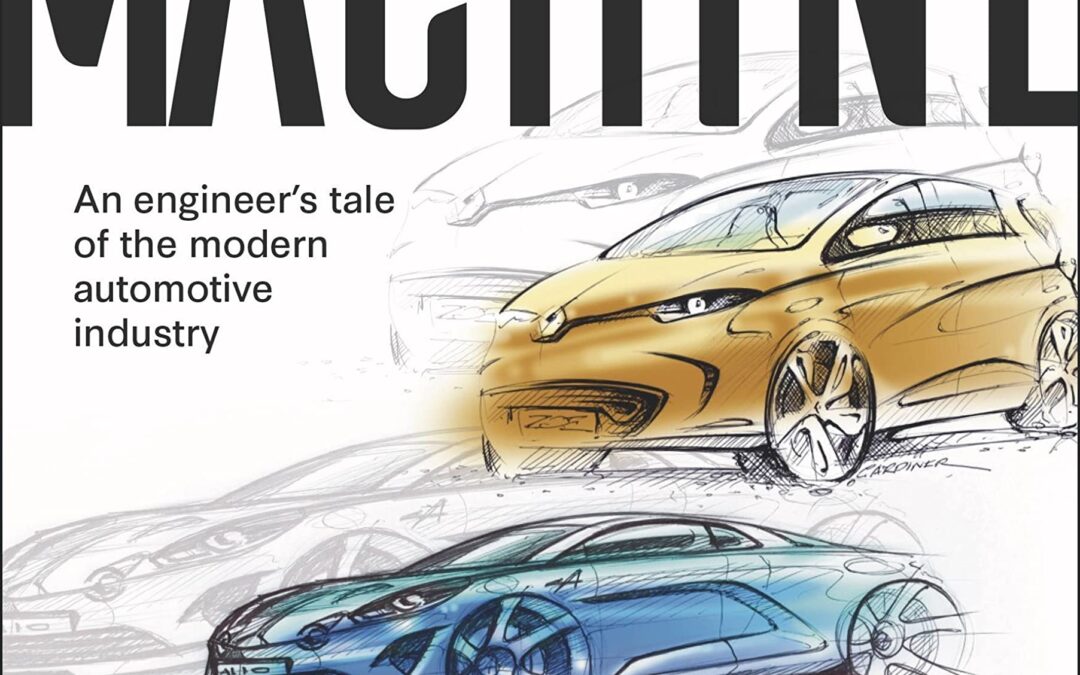
Inside the Machine tells the story of the modern car industry from the inside. What is it really like to work for the car-makers – the industrial giants that influence the daily lives of millions? How are mass-production cars really designed, engineered, and manufactured? What does it take to engineer a successful vehicle?
The story is told through the author’s own journey around the globe – starting as a young graduate engineer working for Nissan in the UK, to working for Nissan in Japan and finally for Renault in France as Chief Engineer of their ‘halo’ sports-car, designed to relaunch the Alpine brand.
It tells the behind-the-scenes story of three well-known vehicles, whose development teams were led by the author – the Nissan Qashqai, the Renault ZOE and finally the Alpine A110 – revealing some of the fascinating stories of how these vehicles came into being.
The book will seek to show the real work that goes on behind the glamour of the Motor Shows and the well-honed corporate press releases – work that is sometimes exciting, but often grindingly difficult.
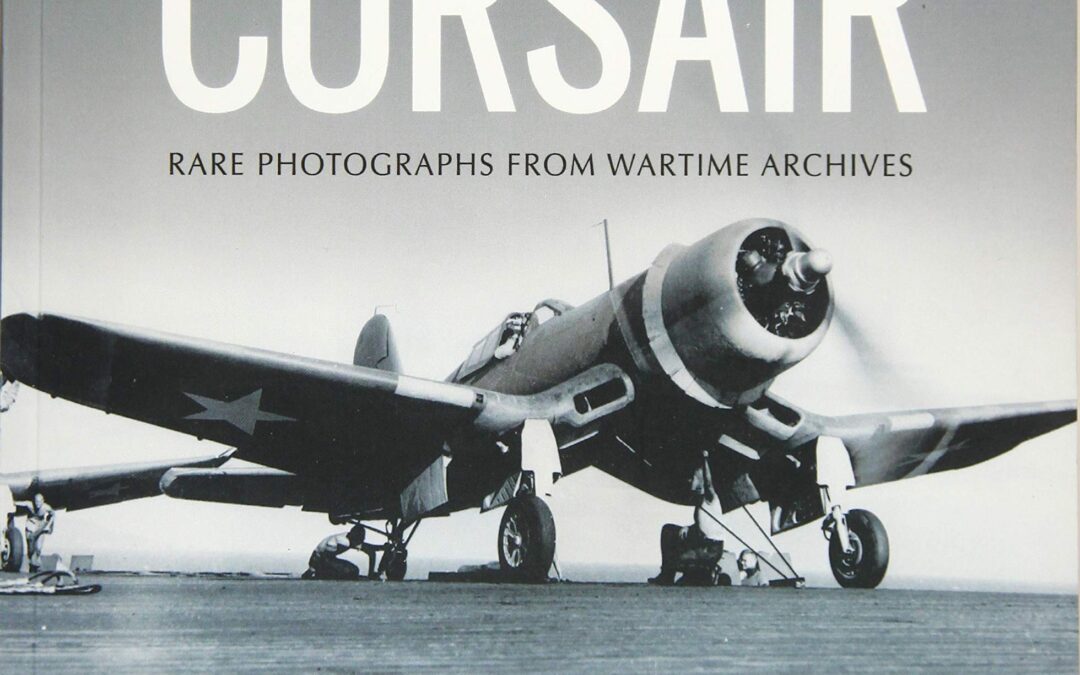
First flown in 1940, the prototype Vought F4U Corsair instantly became the fastest fighter in the world and the fastest US aircraft of any description. Powered by a huge 18-cylinder Pratt and Whitney Double Wasp engine driving an enormous 13 feet 4 inch propeller, the first Corsairs were capable of 417mph. This figure would rise to nearly 450mph in later versions.
Production began in 1941, not only by Vought but also by Goodyear and Brewster, and the F4U entered service with the US Navy in September 1942. The aircraft subsequently came to be extensively used from land and sea by the US Marines, Royal Navy and Royal New Zealand Air Force. Famous squadrons like VMF-214 ‘The Black Sheep’ and VF-17 ‘Jolly Rogers’, along with many others, maintained total ascendancy over the Japanese for the rest of the war – a remarkable achievement for a single type.
After the Second World War the Corsair remained in production and was used with distinction by the French in Indo-China and again by the US Navy in Korea. Since then Corsairs have achieved significant success in air races and more and more are being restored to fly for museums and warbird enthusiasts the world over.
This comprehensive new book combines technical information and detailed development history with a fascinating combat history told, in many cases, by the Second World War and Korean War pilots themselves. Well researched, readable and illustrated with scores of rare and previously unpublished photographs, The Vought F4U Corsair is the perfect book for any fan of the ‘bent wing bird’.

This charming book, packed with unique artwork and engaging photographs, celebrates scooter mania.
In a feast of nostalgia, it takes us through the evolution of the scooter, focusing naturally on all things Lambretta and Vespa, but also covering plenty of obscure and eccentric machinery along the way. Scooter enthusiasm in all its forms receives generous attention, whether as fashion accessory for fifties movie stars, style-conscious transport choice for the Mod generation, or object of worship for today’s retro-loving adherents.
- Scooters take off: rising from the rubble of post-war Italy, Piaggio emerged first with its Vespa (meaning ‘wasp’), soon followed by Innocenti and its Lambretta (named after a Milan suburb).
- Evolution: numerous Lambretta and Vespa models over the years are illustrated and explained, accompanied by a look at the myriad accessories available for them.
- Not just in Italy: a survey of classic-era scooters from Britain (such as Brockhouse Corgi, Sun Wasp and Triumph Tigress), Germany (such as Glas Goggo, Zündapp Bella and Heinkel Tourist), Japan (such as Fuji Rabbit, Mitsubishi Silver Pigeon and Honda Juno) and elsewhere.
- Mod culture: emerging in the sixties and entwined with music and fashion, it made a unique contribution to scooter fandom that has since embraced the globe.
- Scooters as classics: the resurgence of interest since the late seventies and all that has come with it, from restoration and racing to customising and clubs.
- Scooter tales worldwide: Cesare Bataglini’s round-the-world Lambretta odyssey; Mod revivalists in Tokyo; elderly scooters soldiering on in Africa; Indonesia’s Rebel Riders and their crazy Vespa-derived creations; scaling Ben Nevis on a Lambretta; and much more.
Quotes in the book such as “The scooters, clothes and music — an unforgettable time of my life” and “Exciting, fun and carefree days when anything seemed possible” sum up the enduring appeal of classic scooters. Anyone afflicted with the obsession will adore this book.

Gorgeously illustrated with NASA photography, the large-format (12 × 12 inches) NASA Missions to Mars examines everything from the first tentative steps toward the fourth planet to the 2021 landing of rover Perseverance and beyond.
Space exploration has always been about pushing boundaries, but perhaps the achievement which has most piqued a sense of possibility has been the exploration of Mars. Beginning with Soviet and American flybys in the early 1960s that were part and parcel of the Space Race, acclaimed space historian Piers Bizony continues through complete coverage of the Viking 1 and 2 missions of 1975–1976. Bizony also traces NASA’s acclaimed rover program, describing the development, technologies, mission histories, and achievements of the rovers Sojourner, Opportunity, Spirit, and Curiosity—all on the 25th anniversary of their first landing.
This awe-inspiring book features:
- An engaging and complete history of Mars exploration
- A treasure trove of imagery from the NASA archives, including photos and cartography beamed home, artworks and concept drawings created during development phases, as well as photography created to document testing phases
- A glimpse of future plans for Mars exploration and habitation
- Coverage of orbiters sent to the red planet by not only NASA but by space agencies from Russia, India, Japan, Europe, China, and the UAE
- A two-sided 24-inch gatefold
Humankind’s fascination with Mars can be traced back to prewar science fiction. While the billions of dollars and ingenious innovations have allowed us incredible views from more than 51 million miles away, no less incredible are the insights these missions, hardware, and scientists have provided into our universe—and our own planet. NASA Missions to Mars is your complete illustrated history of those efforts and a necessary volume for the bookshelf of any space enthusiast!

In this gripping memoir, Nick Fry, the former CEO of Brawn GP, reveals how he found himself in the driving seat for one of the most incredible journeys in the history of motor sport. At the end of 2008, Nick, then head of Honda’s F1 team, was told by his Japanese bosses that the motor company was pulling out of F1 in 30 days. This was a disaster for the team’s 700 staff, for Ross Brawn, who Nick had recently recruited as chief engineer, and for the drivers, Jenson Button and Rubens Barrichello. But in a few short weeks, Nick and Ross would persuade Honda to sell them the company for £1 (plus all the liabilities). Just 13 weeks later, the Brawn GP team, led by Nick and Ross, would win the first Grand Prix of the 2009 season, and go on to win the Driver’s and the Constructor’s Championship, with a borrowed engine, a heavily adapted chassis, and, at least initially, no sponsors. Nick gives an up-close-and-personal account of how he and Ross turned disaster into championship glory and laid the foundations for what was to become the Mercedes-AMG Petronas F1 team. Along the way he gives the inside track on the drivers, the rivalries between teams, on negotiating with Bernie Ecclestone, on hiring and working with two global superstars: Michael Schumacher and Lewis Hamilton—and offers a unique and thrilling perspective on an elite global sport.

Racing Car Constructors of the 70s is the second of series of books written by Carlos de Paula concerning racing in the 70s. The 542-page book, with almost 150 thousand words, covers over 2400 racing car constructors from 49 countries from all inhabited continents. The reference work provides listings in alphabetical order, identifying the nationality of constructors and the categories in which the cars were raced, covering not only major categories but also local ones. Multiple thousands of race results and entry lists were consulted in over 12 languages, resulting in the most complete work of the type ever written. The book covers single seaters and purpose-built sports cars that raced during the 70s, including 300 rare photographs and sketches prepared by the author, covering a large number of categories such as Formula 1, Formula 2, Formula 3, Formula 5000, Champ Cars, Sports Cars, Group 7, Group 5 Silhouette, Formula Atlantic, Formula Vee, Formula Ford, Formula Super Vee, Formula 1430, Formula Easter, Argentine single seater categories, Soviet single seater categories, Formula 100, Formula 1300/1200, Hill Climb Specials, Formula Renault, Formula Bleue, Formula Italia, Formula Monza, Formula 750, Formula 850, Formula 4, Formula Libre, SCCA Classes (A, B, C and D Sports Racers, Formulas A, B and C), Japanese classes, Clubman Formula, Formula 2000, Formula Pacific, etc. An ideal companion to the book Motor Racing in the 70’s., also written by the author.

Researched and written in Japan with the full co-operation of the factory, here in definitive detail is the story of the Honda S2000 – a series of open two-seaters that built on the success of the NSX, helping the company justify its on-track exploits with a proper line of sporting machinery.
Successful immediately, the S2000 models defended Honda’s honour on the tracks, but it was in the showrooms where the S2000 excelled. After a major face-lift, it was eventually killed off in 2009, but is as popular today as it ever was as a modern classic for enthusiasts.

What kind of car is that? It looks like a big Beetle! If ever there was a car in search of a context and market, it was the VW Type 4. Volkswagen’s first foray into the upscale sector brought engineering innovation to Wolfsburg. It also tried to convince worldwide buyers that VW still had the right stuff. With design origins in the Porsche consultancy, the signs were hopeful. However, globally, the automarket was rapidly changing.
The VW Type 4’s portfolio ran to unitary construction and fuel injection, but had to face fancy competition from Detroit’s European subsidiaries. All the while, VW was searching for its future road, and faced challenging developments. The fuel crisis and Japanese competition in North America kept the pressure on at Wolfsburg.
Could the VW 411 and 412’s solid traditional virtues carry the day? Then and now the Type 4’s unbreakable VW quality, and flat out sustainability, appealed to air cooled devotees. The 411 and 412 brought a new dimension in comfort to VW, and its hardware design was utilized by the air cooled clan both on and off road. The Type 4 even had a sports car connection, and never lost the power to surprise.

Between 1997 and 2014, Tom Kristensen won the world’s toughest motor race, the Le Mans 24 Hours, a record nine times and finished on the podium on five more occasions. Every time his car made it to the finish, in fact, he was in the top three. It is no wonder that this great sports car driver is known as ‘Mr Le Mans’ to motorsport fans around the world.
Now retired from racing, Kristensen shares in this book his deepest personal reflections and insights from inside and outside the cockpit. He looks back on more than 30 years spent striving for perfection in racing and tells of the battles and setbacks that sometimes seemed impossible to overcome, including a terrible accident in 2007.
- Climbing the racing ladder, from karting into Formula 3 single-seaters, including championship titles in Germany (1991) and Japan (1993), then Formula 3000 and a Formula 1 testing role with Tyrrell.
- Winning as an underdog on his first visit to Le Mans, in 1997 driving an elderly Joest-run privateer Porsche in which he impressed all onlookers with a night-time charge to vanquish Porsche’s factory-entered favourite.
- His second Le Mans victory came in 2000 on his maiden drive for Audi in the R8, a car that was to become all-conquering.
- Kristensen won the next five editions of Le Mans, four times with Audi and once with Bentley (in 2003), his last victory in this sequence taking him past Jacky Ickx’s previous record at the Circuit de la Sarthe.
- His eighth win came in one of the all-time classic contests at Le Mans, in 2008, a rollercoaster of a race in which his ageing diesel-powered Audi was never expected to beat the fancied works Peugeots.
- One more victory with Audi in 2013 sealed his reputation as a true legend of Le Mans.
- His story includes exploits at other racetracks all over the world, none more prolific than Sebring, home of America’s long-established classic endurance race that Kristensen won six times.
- Personal reflections together with contributions from notable observers — including English journalists Gary Watkins and Charles Bradley — complete a truly rounded portrait of the man and his achievements.
Voted ‘Sports Book of the Year’ when originally published in Kristensen’s native Denmark, this thoughtful memoir is now available in English.
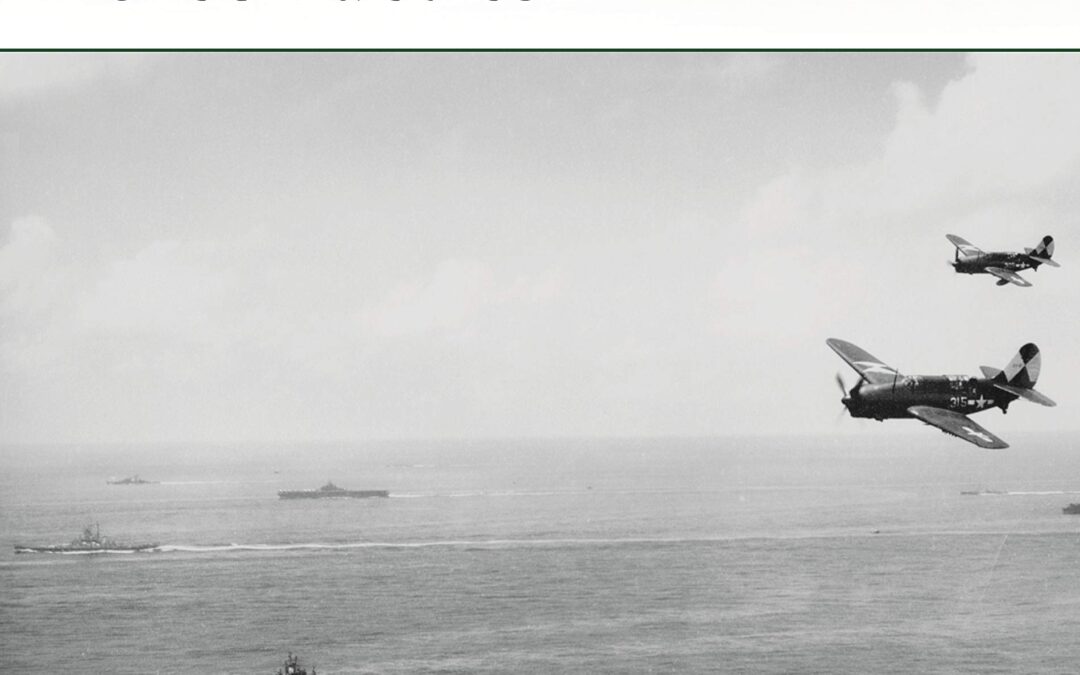
A succinct but detailed illustrated explanation of the techniques by which the ships and aircraft of the US Fast Carrier Task Forces achieved their victories over the Imperial Japanese Navy.
Drawing on difficult-to-access wartime documents and other contemporary sources, this is the first compact, illustrated study of the tactics and techniques of the US fast carriers of Task Forces 50, 58 and 38 during the naval war against Japan in 1943–45.
This title concentrates on exactly how these highly successful forces actually operated: their composition in ships, aircraft, and men; the essential technology at their disposal; the evolving doctrine for their employment; the opposition and dangers they faced; and how they overcame them at the tactical level. It explains in straightforward terms the intricate details of topics such as how ships maneuvered, how aircraft were deployed and recovered, the formations and approaches used by fighters, dive-bombers, and torpedo-bombers against naval and land targets, and how Task Forces defended themselves. The text is supported by a wide range of wartime photos and full-color illustrations, showing, for example, the formations employed by ships and aircraft, with altitudes and ranges throughout the course of attacks.
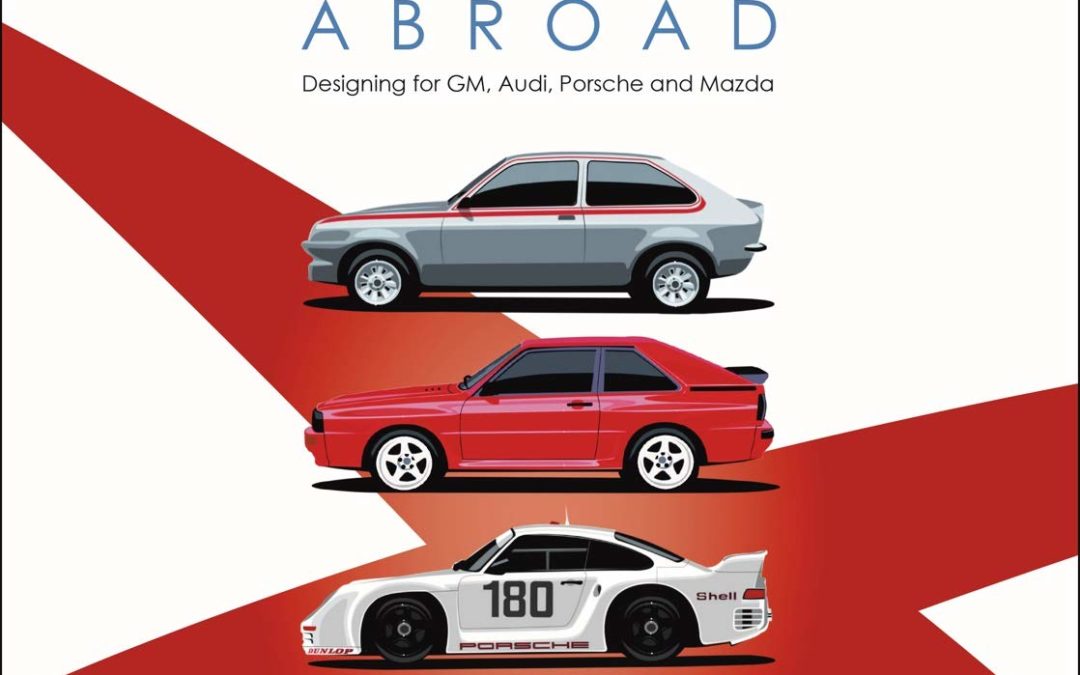
An English Car Designer Abroad is the humorous and personal account of a life spent working on the design of some of the world’s best known cars. Commencing his career as a designer at Vauxhall Motors, Luton in 1973, Peter Birtwhistle then left the UK in 1977 to take a position abroad, at Audi in Germany, where he lived for the rest of his working life.
From Audi, his career took him to Porsche in Stuttgart, and eventually, in 1988, to the Japanese company Mazda, with whom he would help develop a Design Centre close to Frankfurt, eventually becoming Chief Designer for Mazda Motor Europe. During his career, Birtwhistle was involved in the design of some very significant cars and in his work and travels, crossed the paths of many significant personalities from the car industry.
Car design has changed enormously since the time he commenced his career, and for Birtwhistle it was clear, his story needed to be documented before it was lost in time. Featuring original photographs and illustrations from the author’s own collection, this highly humorous and very personal story creates a fascinating collage of anecdotes and historical facts, not only from the secretive world of car design, but also his private life.

“With the fate of the free world hanging in the balance, women pilots went aloft to serve their nation. . . . A soaring tale in which, at long last, these daring World War II pilots gain the credit they deserve.”—Liza Mundy, New York Times bestselling author of Code Girls
When the Japanese attacked Pearl Harbor in December 1941, Cornelia Fort was already in the air. At twenty-two, Fort had escaped Nashville’s debutante scene for a fresh start as a flight instructor in Hawaii. She and her student were in the middle of their lesson when the bombs began to fall, and they barely made it back to ground that morning. Still, when the U.S. Army Air Forces put out a call for women pilots to aid the war effort, Fort was one of the first to respond. She became one of just over 1,100 women from across the nation to make it through the Army’s rigorous selection process and earn her silver wings.
The brainchild of trailblazing pilots Nancy Love and Jacqueline Cochran, the Women Airforce Service Pilots (WASP) gave women like Fort a chance to serve their country—and to prove that women aviators were just as skilled as men. While not authorized to serve in combat, the WASP helped train male pilots for service abroad, and ferried bombers and pursuits across the country. Thirty-eight WASP would not survive the war. But even taking into account these tragic losses, Love and Cochran’s social experiment seemed to be a resounding success—until, with the tides of war turning, Congress clipped the women’s wings. The program was disbanded, the women sent home. But the bonds they’d forged never failed, and over the next few decades they came together to fight for recognition as the military veterans they were—and for their place in history.
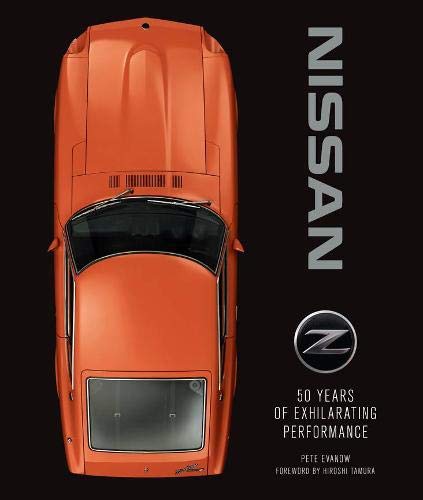
COMING IN JUNE
Nissan Z: 50 Years of Exhilarating Performance is the Nissan-official chronicle of Z history, from Datsun’s planning for the new model in the late 1960s through the latest 50th anniversary Nissan 370Z.
The Datsun 240Z revolutionized the sports car industry and demolished established assumptions about Japanese automakers. With the Z, Datsun gave the world a sleek, sexy, fast product—one that forever banished the idea that Japanese manufacturers could only build economy cars.
Over the past 50 years, six generations of the Z car have generated a massive, devoted following. More than 1.5 million cars have been sold worldwide. The retro-inspired 350Z reinvigorated the Z’s fortunes in the 21st century, and the latest incarnation, the 370Z, continues the tradition of high-performance in a modern, affordable package.
In addition to a complete history of the Z, this handsomely illustrated book examines the car’s significant racing history with successes in IMSA and SCCA sports car racing, including extensive racing by Paul Newman for Bob Sharp and John Morton with Brock Racing Enterprises. Special attention is devoted to the cult of Z-fans around the world who have supported Nissan’s sports car through thick and thin and the early car’s emergence as a rapidly appreciating collector car.
The story is told by author Pete Evanow, who has enjoyed a long relationship with Nissan. His insights into the history of this automotive icon provide a fresh, compelling perspective on the five decades of the Z that no enthusiast will want to miss.
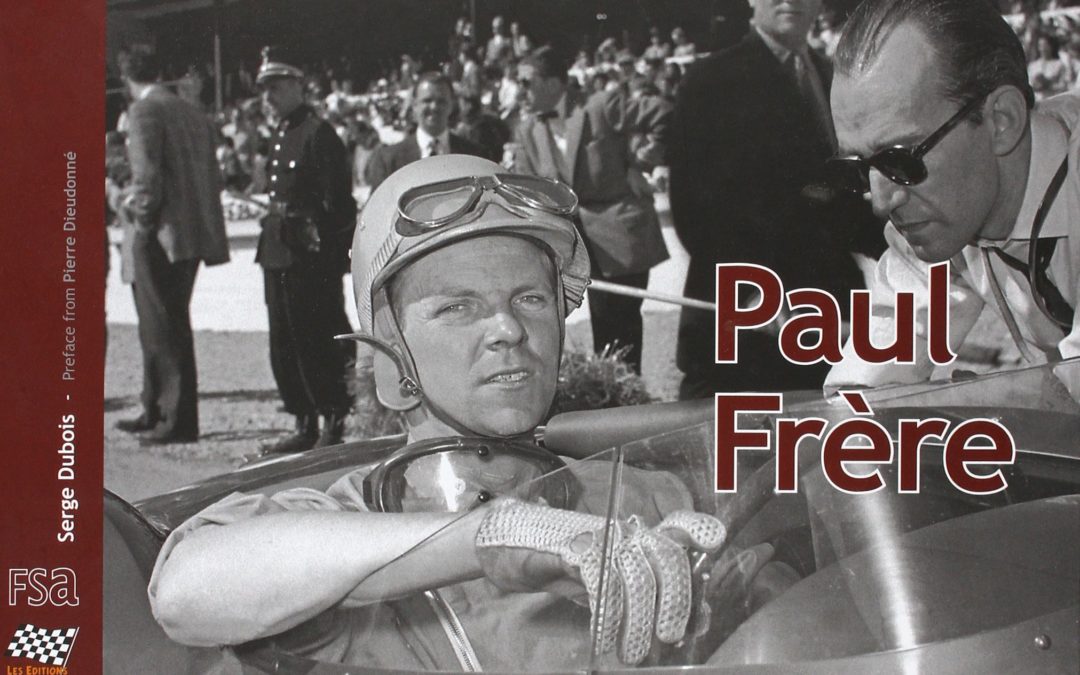
The Story of Paul Frère Journalist and Racing Car Driver
Paul Frère died in 2008 aged 91 and this is the first posthumous work on one of the world’s foremost auto journalists to appear. Still professionally active until his last months, the Belgian was a top flight racing driver in the 1950s and after winning Le Mans at the fourth attempt, retired to concentrate on journalism. Already well known as a race reporter, he became the doyen of motoring writers, his insatiable curiosity about all things automotive and mastery of detail making his copy amongst the most authoritative anywhere. Never a formally trained engineer, he could nonetheless grasp technical concepts and convey them and his ability to do this in English and German as well as his native French gave him international visibility. Author of several works on driving and racing, the way he could communicate exactly how a car was behaving meant that his skills as a consultant were always in demand; long a privileged insider at Porsche, he was also much appreciated in Japan where he struck up enduring friendships. For Mazda and Honda in particular, his assessments helped them build a European flavour into their cars.
An exceptionally modest and unassuming individual, he always appeared surprised at the reverence he inspired and the charismatic Frère always managed to make his interlocutor feel special. Now his life is celebrated in this compilation by Serge Dubois of his early life, racing career, and his activity as a journalist and adviser. The format of the book is landscape and the work is primarily pictorial. The author has had access to family and personal archives and the result is numerous previously unpublished photographs. The bulk of the text comprises reports of Frère’s races, mostly his own accounts turned into the third person; a substantial section is given over to tributes from individuals who knew and worked with him.
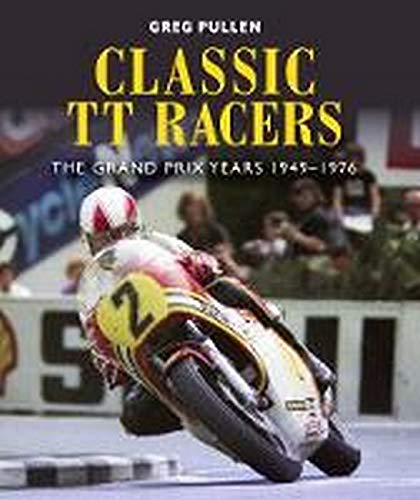
Classic TT Racers: The Grand Prix Years 1949-1976 is a history and tribute to some of the most important and successful motorcycles that raced during the TT’s years as host of the British round of the motorcycle world championship. Topics include the events and personalities that led to the creation of the race and its challenging course.
The early success of the British motorcycle manufacturers -Norton, Velocette, AJS and Matchless – and their riders are covered as are the origins of the Italian Fours – Gilera and MV Agusta Quattro. The influence and reign of the Japanese manufacturers – Honda, Yamaha, Kawasaki and Suzuki – are discussed. Finally, details are included of the technical developments that enabled the bikes to conquer the mountain course with world-record beating times.
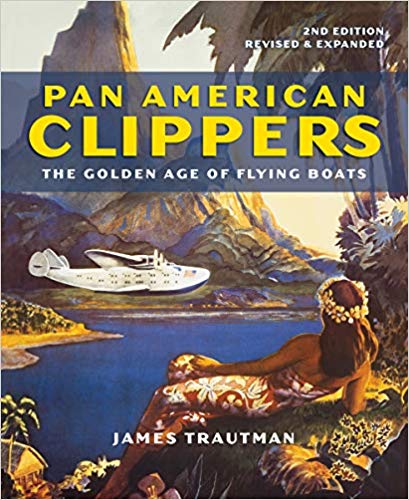
The photographs and artwork will enable readers to grasp the magnificence of the transoceanic flying boats…The accurate, authoritative text will provide information that is new to all but the exceptionally well-informed aviation buff and nonspecialist historian.”
–Choice
For a world recovering from the Great Depression, the Pan American Airways Clipper symbolized luxury, adventure and a brighter future. Illustrated with rare period photographs, vintage travel posters, magazine ads and colorful company brochures, Pan American Clippers covers all aspects of the Golden Age of Pan American’s graceful “flying boats.”
This edition has an additional 16 pages to add more historical and current information and provide additional detail and context to the historical importance of the flying boats, including:
- Pan Am’s Art Deco terminals
- the fate of the last Pan Am Clippers and where to see the survivors
- the Foynes Flying Boat Terminal, Ireland
- Trippe and Lindbergh’s groundbreaking flight to Asia by way of the Great Circle Route (Canada-Alaska-Siberia-Japan-China)
- Shediac, New Brunswick, landing site of 24 Savoia Manchetti S-55 flying boats from Rome en route to Chicago’s Century of Progress International Exposition
- Pan Am enters politics when Frank Roosevelt uses it in Latin America to sidestep the World War II Neutrality Act
- Trippe’s long-held dream of flying mail and passengers across the Atlantic Ocean to Europe, and the opening of LaGuardia Airport.
Visionary Pan Am founder Juan Trippe knew the importance of international travel to the 20th century, and his pioneering airline played a central role in the advancement of transoceanic flight, setting overseas time and distance records, providing airmail delivery and eventually as troop and cargo transports for the Allies during World War II. By dramatically reducing travel time and opening up international air travel to the general public, Pan Am Clippers forever changed the world.
This captivating, informative and richly illustrated book takes readers back to a time of glamor, romance and progress, when dreams once thought impossible were suddenly a reality.

The story of how a Pan American Airways B-314 flying boat, caught in the South Pacific, made an unplanned flight around the world following the Japanese attack on Pearl Harbor on December 7, 1941. Flying in total secrecy and radio blackout, Captain Ford and his 10 man crew flew over 31,500 miles in six weeks, avoiding enemy action in their effort to return safely to the United States. An astounding feat in 1941!








